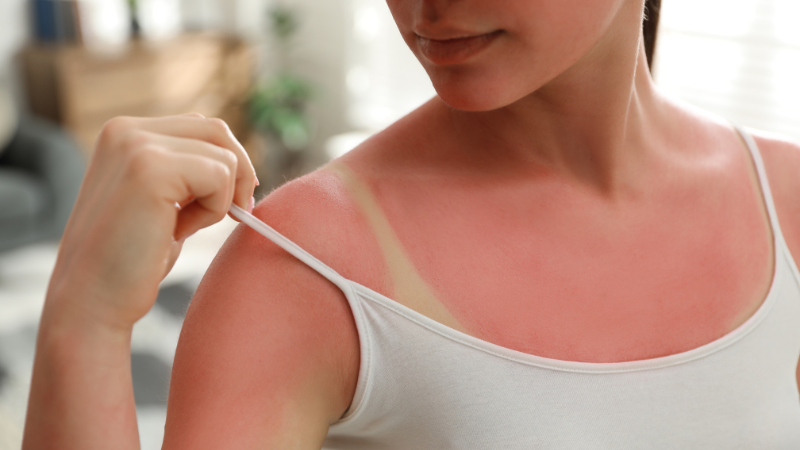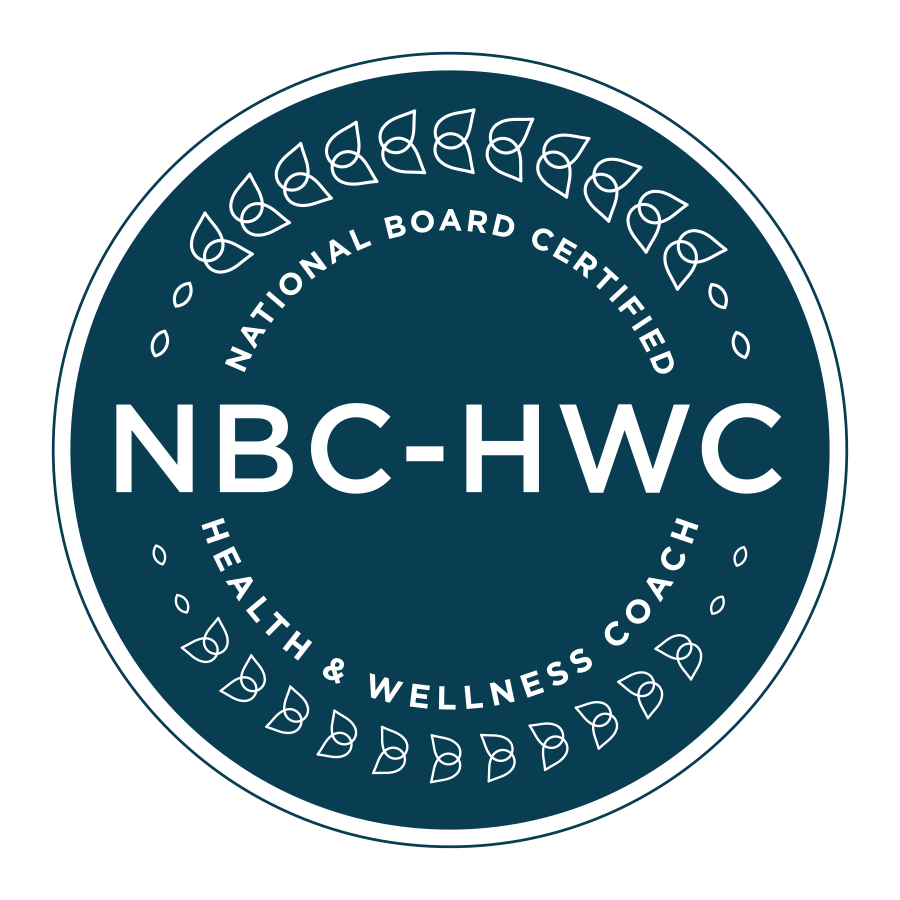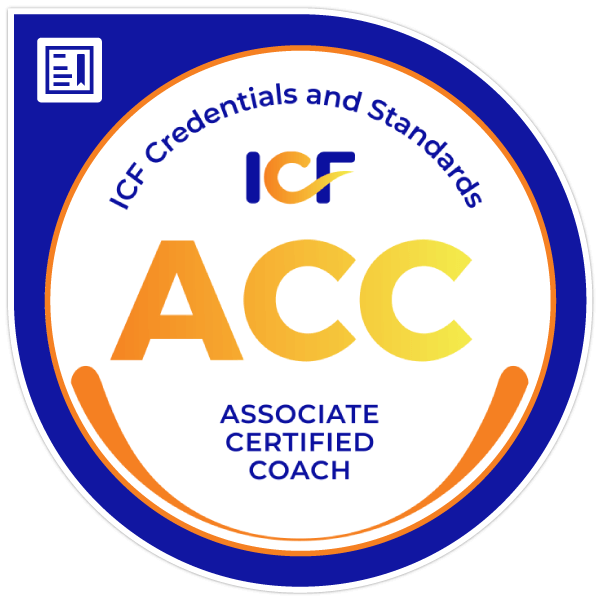It’s hot, it’s humid and it’s summertime. It’s also time to think about how to handle the heat. Certain people are more at risk than others to the perils of heat exposure. People with chronic medical problems, the very young (less than 4 years old), the elderly (greater than 65 years old), the overweight, and those people taking certain medications. It’s important to know the symptoms of a heat illness, how to treat a heat illness and how to prevent one from happening.
Evaporation is the principal mechanism of heat loss during hot temperatures. This becomes ineffective if the relative humidity is greater than 75%. When the body temperature rises there is an increase of oxygen use and metabolic rate. This leads to rapid breathing and a fast heart rate. As the body temperature rises above 105 degrees some important enzymes stop functioning. The most sensitive body systems are the liver, the blood vessels and the brain.
Sunburn
While you’re basking in the sun trying to get that Coppertone tan, you may end up with sunburn instead. Symptoms include skin redness, possible swelling, blisters, fever and headaches.
Treatment
- A shower with soap is beneficial because body oils that block pores can be removed. Blocked pores prevent the body from cooling naturally. If significant blistering occurs, seek medical attention.
- Avoid sun exposure while the skin heals.
Heat Cramps
Heat cramps are muscle pains or spasms in the abdomen, arms or legs. They usually occur in fairly healthy people, especially after exercise and with excessive sweating during strenuous activities. Excessive sweating depletes the body of salt and moisture and the low salt level in the muscles leads to painful cramps. Other symptoms can include nausea and cool, pale skin.
 Treatment
Treatment
- Move to a cooler place.
- Drink sips of water or a sports beverage
- Avoid liquids with caffeine or alcohol.
- If you become nauseated, stop the beverages until the nausea passes.
- Lightly stretch and massage the muscles to relieve the spasms.
- Rest for several hours before returning to strenuous activities.
- If the cramps do not subside in 1 hour or if you have heart problems or are on a low salt diet, call your doctor.
Heat Exhaustion
This can occur in both active and sedentary people. It happens suddenly and can be brief or prolonged. It occurs with exposure to heat for a prolonged period of time. The body can become overwhelmed by heat if the mechanism (sweating) for keeping cool fails. Symptoms include nausea, vomiting, weakness, headache, irritability, disorientation, low or normal temperature, rapid, shallow breathing, weak heart beat, cold, pale skin, profuse perspiration, abdominal cramps or extremity cramps.
Treatment
- Move to a cooler place immediately and lie down
- Loosen or remove clothing
- Apply wet, cool clothes
- Provide ventilation with air conditioning or fan
- Give sips of water or other liquid immediately but slowly
- If nausea or vomiting occurs, discontinue liquids
- Rest
- Seek medical attention if vomiting is persistent or if not improved
Heat Stroke
Infants, children, elderly and people with chronic illness are most vulnerable but anyone can have a heat stroke. Heat stroke strikes suddenly and with little warning. When the body’s cooling system fails, the body temperature rises abruptly. Symptoms include agitation, confusion, seizures, lethargy, and coma, high body temperature (>105 degrees Fahrenheit), high blood pressure initially but if shock occurs, blood pressure will drop. Hot, dry or moist skin, flushed skin and lack of sweating.
Treatment
- This is a serious medical emergency and a physician should be called immediately or the person should be taken to the ER. Patients who present to the ER have a high mortality rate ranging from 21%-63%.
- Mortality is dependent on the degree of temperature elevation, time to start of cooling process and the number of organs affected. Remove the person’s clothing, immerse patient in ice water or cold water. If that is not possible use cold compresses or a cold shower in an effort to decrease body temperature.
How to protect yourself from heat illnesses
 Avoid overexertion especially in the hottest time of the day
Avoid overexertion especially in the hottest time of the day- Keep windows shut and use air conditioning or fans. When the temperature is in the 90’s, fans are not particularly helpful in preventing heat illness. With extreme heat and no air conditioning, take a cold shower or bath. If possible go somewhere that has air conditioning like a mall or public library. Exposure to air conditioning for even a few hours per day will reduce the risk of heat illness.
- Draperies or other window coverings should be drawn
- Drink plenty of fluids
- Dress in loose fitting, light colored clothing. Wear a wide brimmed hat to provide shade and keep your head cool.
- Lose weight if you are overweight
- Eat healthy foods
- Once you become thirsty, you are dehydrated so drink water
Medications that may increase the risk for heat illness
- Psychotropic medications
- Medications for Parkinson’s disease- inhibit perspiration
- Tranquilizers or phenothiazines (phenergan, thorazine, compazine, mellaril), butyrophenones (haldol, inapsine) and thiozanthenes (Navone).
- Diuretics (water pills)
Conclusion
Listen to your body and be smart about the heat. If you begin feeling funny after even a short period of time, stop what you are doing and cool down. The summer is filled with fun activities, but remember that you body is vulnerable to extreme temperatures and take measure to protect yourself before a serious situation develops.



